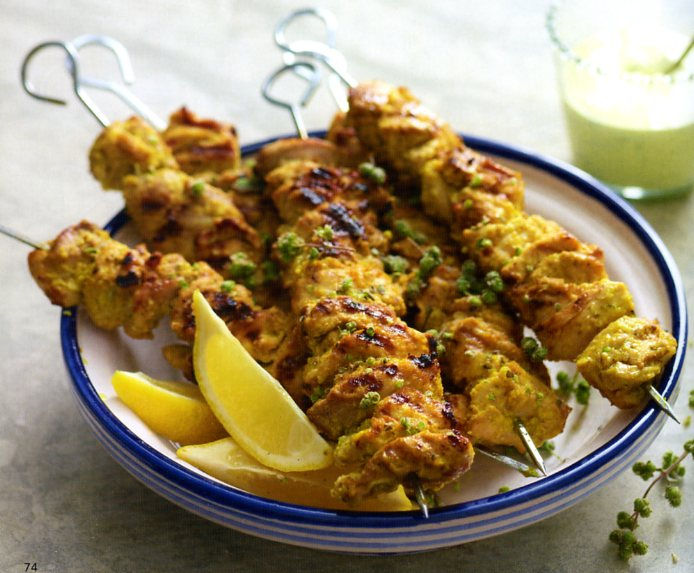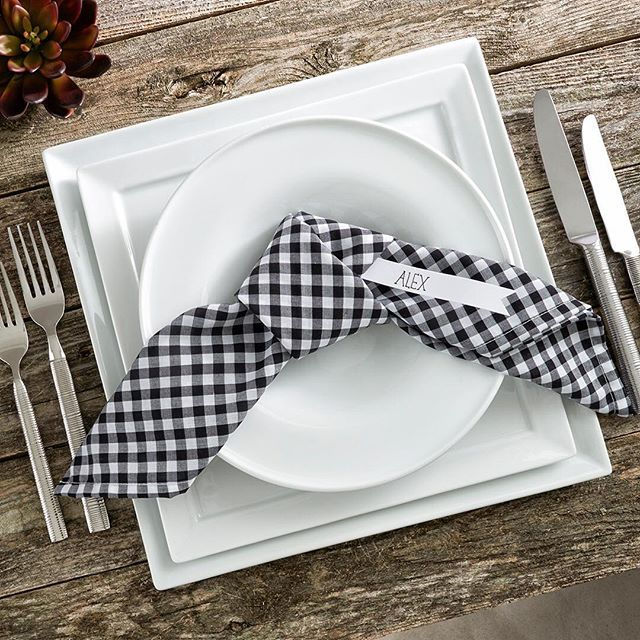Why are plates round?
- rosemarydearman1
- Jan 6, 2020
- 5 min read

The short answer is, "So that we can heap more food on it."
Detail Orientation
Well a succinct answer, but not really correct I think. I reckon you could heap just as much food on a square plate as a round one, although I'm not really scientific, or is it mathematical, enough to be able to really say. And this round plate is discreetly full, even stylishly full. I did find pictures of obscenely heaped food, but, as I say I reckon you could heap food just as easily on a square plate. A cone versus a pyramid I suppose.
The same article went on to say:
"The round plate is the most mathematically efficient shape for containing spillable food, because surface tension ensures that the roundness tucks away any sharp edges that threaten to break the surface tension and cause a spill. Since any curvature also maximises area, it is also the shape that can contain the most bits of tiny objects or liquids, and makes sense for a plate and, definitely also a bowl." Detail Orientation
I suppose if we are talking surface area, it is certainly true that unless your rectangular table is very wide, veering towards square in fact, you can indeed get more plates in the middle of a round table than a long one? Well I have to confess my own dinner table is not really wide enough so it may be more to do with size than shape.
However, whilst we are still on the scientific side of things:
"Independent research has shown that you’re far more likely to associate sweetness with food served on round versus angular plates" Paula Mejia - Gastro ObscuraFood
I did in fact find a very learned article on the subject, so I think this is true. But go figure. I think this one must have something psychosomatic (if that's the correct word) about it. Very interesting though. Round plate - round sweet food like apples, berries, cakes, other sweet things?
But back to the history of plates. Because surely this is why plates are most generally round.
I think the very first food would either have been raw - nuts, seeds, berries and leaves, or roasted - meat and fish. All of this could have been eaten with the hands and didn't really need a plate. If you did want something to put it on then a bit of bark or stone would have done.
However, then they started cooking things in liquid at which point you need a container. And these would have been more bowl like than plate like I think - so again they would have used things already bowl like, like shells, moving on to more sophisticated hollowed out stones and bits of trees.
My guess is that as 'civilisation' progressed the bowls gradually became flatter, but still with a lip to prevent spillage. Certainly by the time of the Romans and other early civilisations round plates were in daily use.

And they were round. Why?
"There are several reasons why plates have been round for 500 years. A round plate was easier to produce, and a corner is a difficult shape from which to eat, especially if it's a deeper dish, and earlier plates were deep because early food was stews." Sarah Coffin - China and silverware expert
I think many more than 500 years - thousands in fact, but nevertheless the rest of the argument makes sense. It certainly is much more difficult to get food out of corners - think about washing square or rectangular cake tins and roasting tins. Much harder to get the corners clean, which is why a lot of them round the corners. But if your food is dry - roasts, grills, raw then surely a square or rectangular platter is OK. Indeed the Japanese have long had flat rectangular dishes to serve their sushi and sashimi on.
What about the ease of making though. I suppose that's true. It's easier to make a sort of circle - think rolling out pastry - is it not than to make something rectangular or square. I don't know at what point the potter's wheel was invented, but it must be virtually impossible to make something square on that. On the other hand if you can measure accurately it's surely easy enough to make something with corners out of wood.
And wouldn't it be easier to store square/rectangular dishes in your square, rectangular cupboards and drawers?
Is it purely a matter of aesthetics? Does food look better on one than the other? here, for example are two plates of carrots. If you click on the pictures you will see them full size. And I don't think this proves anything really. The both look great.
Square plates in high end restaurants are fashionable though. One reason given is:
"A square plate is a design element that has nothing to do with flavor, but it raises expectations for the food. It says, You're about to be dazzled." Oliver Schwaner-Albright - New York Times
And it's certainly true that high end restaurants need to dazzle you with what the food looks like, as well as with the taste. The ambience of the restaurant, the table settings and the cutlery, glasses and crockery are vitally important. So some have turned to square plates. But some chefs are not fans.
"A square plate has too much surface, and the sauce goes everywhere. It's better in a round plate because it's more contained. And I like to cook with sauce." Eric Ripert - Le Bernadin
Which is interesting because he seems to think there is more surface on a square plate than a round one. And I'm not sure his argument is correct either. A sauce can run everywhere on a round plate just as easily as a square one.
But if you want to impress there are certainly many beautiful round plates out there - although there is also the argument that plain white is best for presenting food. Or maybe black. That scientific study I mentioned earlier also looked into the effect of colour on taste as well. But that's another topic really.
Left to me I think round plates are better to eat off, although really if I'm honest I'm not sure why, but sometimes a square, or even better, a rectangular platter is better for presenting food. Then, there are ovals, and square with rounded corners, triangular even and other exotic shapes ...
Back in primitive times they would not have had square cupboards and drawers in which to store things, although I guess that by the time of 'civilisation' there would at least have been rectangular shelves. So it really is interesting that we have clung to the notion of round plates.
But then the circle is deeply embedded in our brains as something almost spiritual is it not? The sun, the moon, the earth itself - although, of course, they did not know that one for a long time. There's not much with pointed corners in nature is there? And food is sort of natural. It has natural origins even if it is distorted into unnatural shapes and textures. But perhaps we should compromise and use both. I certainly have more pointed corner platters than round and more round plates than square.

















Comments